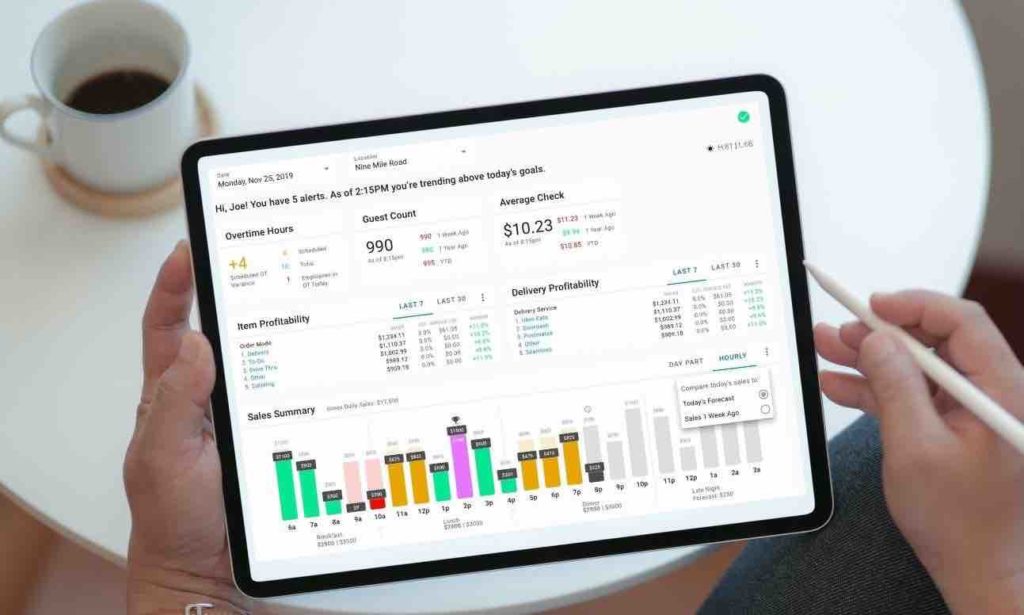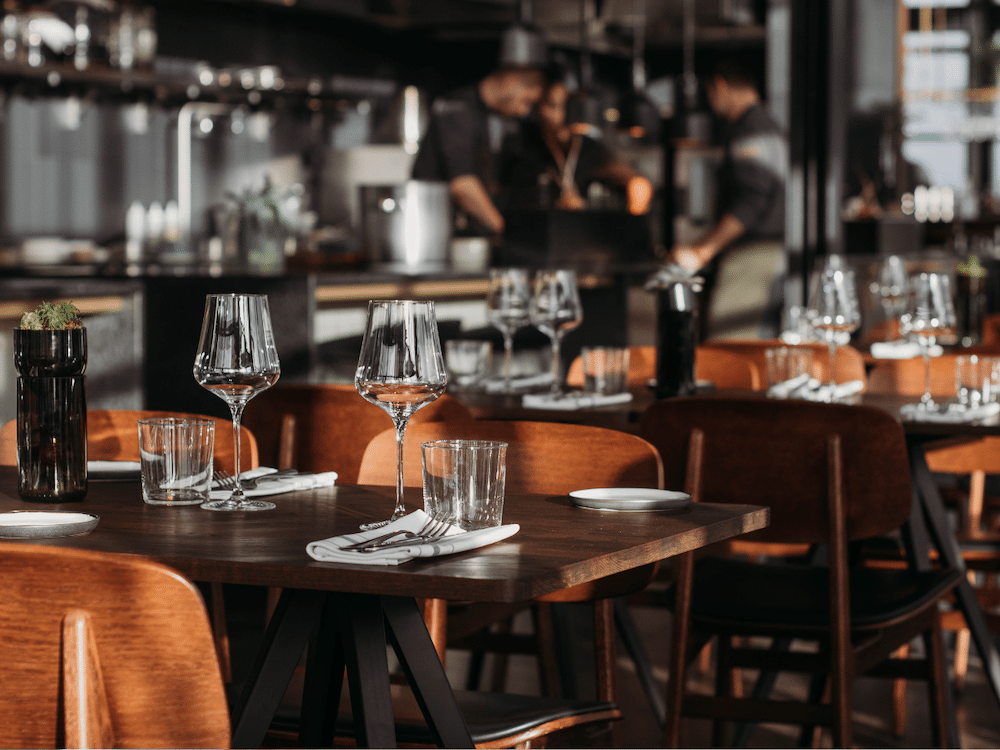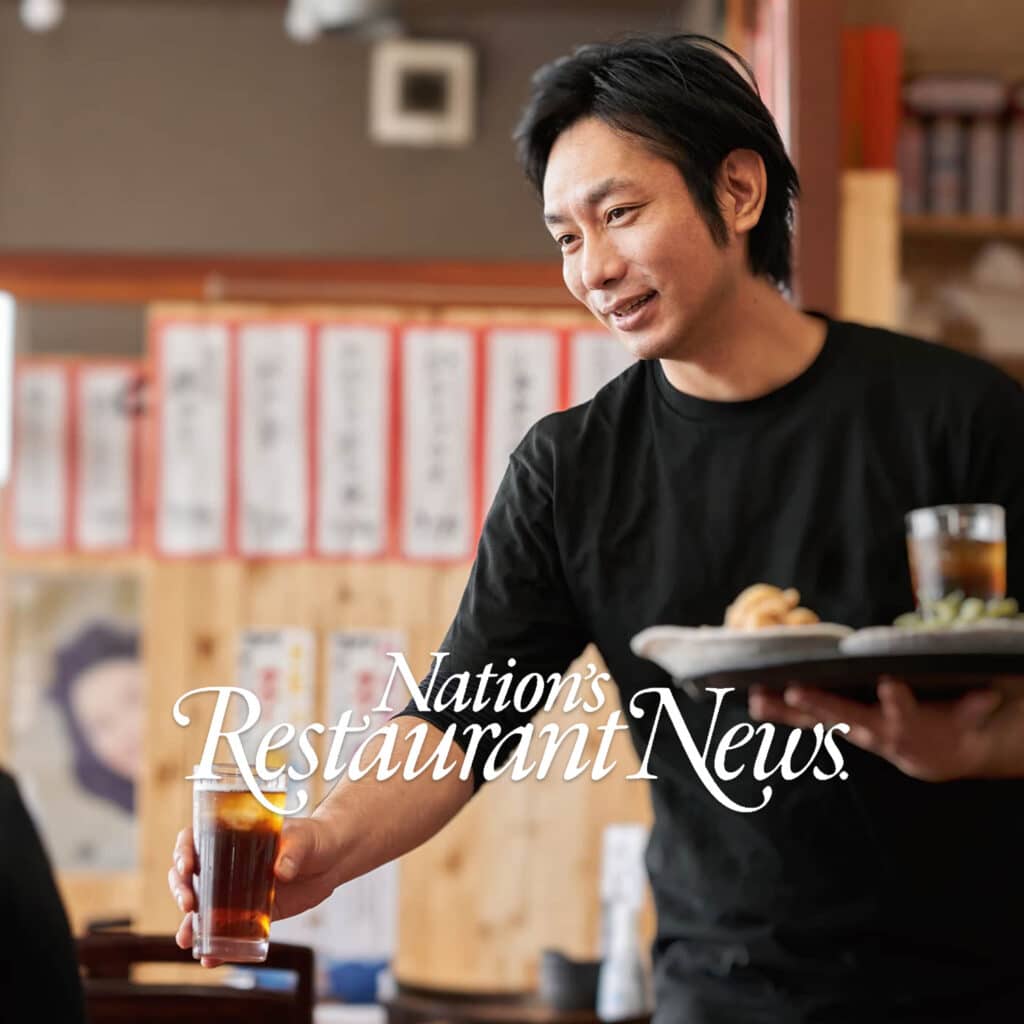Restaurant Manager Job Description
Restaurant managers move at a frantic pace, simultaneously keeping track of tons of moving pieces. From hiring and managing staff to inventory management and the guest experience, store-level managers hold the key to a restaurant group’s success. It is critical that they are able to properly manage their time, communicate with other people, confront difficult situations, and drive profitability.
How Restaurant Manager Software Works
Over the course of a day, a restaurant manager will log into one system to do schedules, another system to look at applicants to hire, a third system to check this week’s food costs, and yet another system to create a purchase order or to check inventory. With all these varied duties, many managers find themselves having to use 5-10 different technologies. That means up to ten different sign-ons with different passwords.
Your restaurant management system can help you streamline the complex, error-prone tasks that take up your management’s time. By offloading these time-intensive tasks to a restaurant management system, you free your store-level managers to work on more strategic tasks, like spending time with customers and managing employees. And with a restaurant-specific management system, you can accurately track relevant metrics that empower you to make better decisions in the future.
For more great tips check out other blogs:
Top 5 Types of Restaurant Manager Software
Here are five types of restaurant management software that will maximize your restaurant’s performance.
Restaurant Software for Attracting and Retaining Staff
If your restaurant’s current hiring isn’t as successful as you’d like it to be, it is time to streamline your entire hiring process. A restaurant-specific applicant tracking system that modernizes hiring from start to finish to bring in the best candidates. Once you’ve identified the right candidates to hire, an effective and engaging onboarding process will help retain new hires by ensuring that your new employee feel like a valued member of the team from day one.
Restaurant Software for Scheduling
A good restaurant scheduling software should offer web scheduling capabilities, including the ability to copy templates or the previous week’s schedule, the ability to compare scheduled to actual numbers, get a payroll accrual journal entry, see daily P&Ls in relation to labor, and more. Managers should also be able to view up-to-date data to make decisions and use goals to get suggestions. A good app also serves as the employees’ single point of contact for making requests, updating their availability and contact information, and receiving messages from management.
Restaurant Software for Inventory
Move away from clipboards, paper, and manual counting and put the power of technology in the palm of your hand. Having a single-entry point and shelf-to-sheet counting and a built-in calculator helps save time, resulting in labor savings and better quality of life. Journal entries can be created automatically allowing real-time reporting.
Restaurant Software for Recipe Costing
Elements like sales mix polling allows managers to bring in sales mix data straight from the POS, plus use past data to predict future results (forecasting). You can build out recipes to compare costing to sales and use the data to make quarterly menu updates. Provided dashboards mean you get a detailed sales analysis that allows you to perform tasks like tracking individual server performance as well as categorize the menu for easy visibility.
Restaurant Software Accounts Payable
Using advanced technology for integrated receiving means line-item details appear automatically, and receiving costs drive all costing in the system. The real-time reporting features allow managers to see costs over time and hold vendors accountable to contract pricing. Inventory control options provide on-hand amounts to compare to actuals. You’ll also stop running out or ordering too much with suggestive ordering, which allows you to order based on historical usage, as well as validate ordered vs received data.
Conclusion
Consolidating your different systems into a single, modern technology operation has numerous benefits. Your employees will be happier with the transparency present between themselves and management. Operations will be significantly more efficient in both front and back of house, and customizable reporting on all fronts will allow for an up-to-date analysis of the success of your restaurant.
Why choose an all-in-one restaurant management software platform?
- One easy-to-use system so your entire organization gets better information with less effort.
- Daily P&L for your managers to make timely, cost-slashing decisions that grow your bottom line.
- Fully connected to your pos to save tons of time on manual data transfers and improve accuracy.
- Restaurant-specific features so you can get vital information faster without having to manipulate data.
Key benefits of an all-in-one restaurant management software platform.
- Save time spend more time making sure employees are happy and providing an excellent customer experience by spending less time on repetitive manual tasks.
- Reduce food & labor costs give managers the visibility they need to control food and labor cost like the very best while saving money by investing in one system instead of many.
- Grow faster grow your bottom line by reducing costs and easily expand your business with a highly scalable back-office system.
If you’d like to give your managers the tools they need to save time and maximize performance, consider an all-in-one restaurant management software platform. Restaurant365 incorporates restaurant accounting software, restaurant operations software, inventory management software, payroll + HR software, and scheduling software into a cloud-based platform that’s fully integrated with your POS system, as well as to your food and beverage vendors, and bank.



